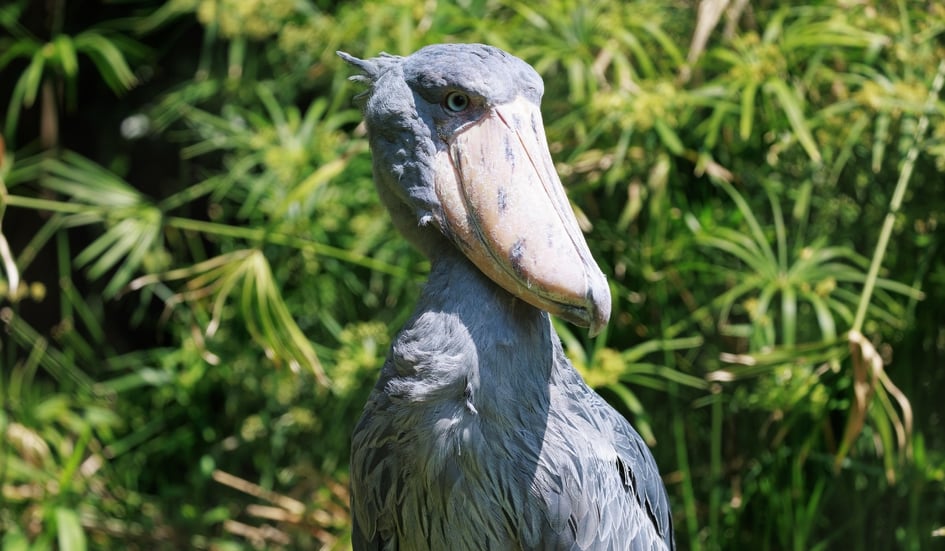Tokyo Zoo: Urban Wildlife Adventure
Tokyo Zoo is the oldest zoo in Japan, and its long history is a key part of its appeal. A visit to this historical location offers hours of exploration, but its main attraction is undeniably the giant pandas.

The Star Attraction: Panda Breeding Program
Tokyo Zoo is home to one of Japan’s most successful giant panda breeding programs. Pandas are notoriously difficult to breed in captivity, making the opportunity to see these rare animals up close a special highlight for any visitor. The success of this program draws hundreds of people, all eager to see the pandas in their enclosures.
The panda enclosures are top-tier, offering a great setup for the animals. They feature a huge open-air grassland space where the pandas can roam and eat an abundance of fresh bamboo. Additionally, they have an indoor, air-conditioned area, giving them two comfortable environments to move between. This excellent setup is a major reason to visit Tokyo Zoo.


A Look at the Other Exhibits
While the panda exhibits are modern and spacious, some of the other animal enclosures across the zoo are noticeably smaller. This is likely a result of the zoo’s age; when it was initially designed, enclosures were factored for smaller spaces, unlike the vast, open designs seen in many modern zoos today. It is a consideration for visitors seeking the most ethical animal viewing experience. Despite the size of the enclosures, the animals appear to be looked after very well.
Summary
If you are a fan of photography, a trip to see the pandas is highly recommended, as you can capture some great shots. Beyond the animals, what makes this zoo exceptional is its incredible affordability. Entry costs only ¥600, which is approximately £3, making it an outstanding value for money.
Visitor Hours:
-
Open: 9:30 AM to 5:00 PM
-
Closed: Mondays and public holidays
In addition to the star pandas, the zoo also features unique wildlife, such as three African Shoebill, which are a phenomenal and indigenous bird species, possibly kept as a breeding pair.
